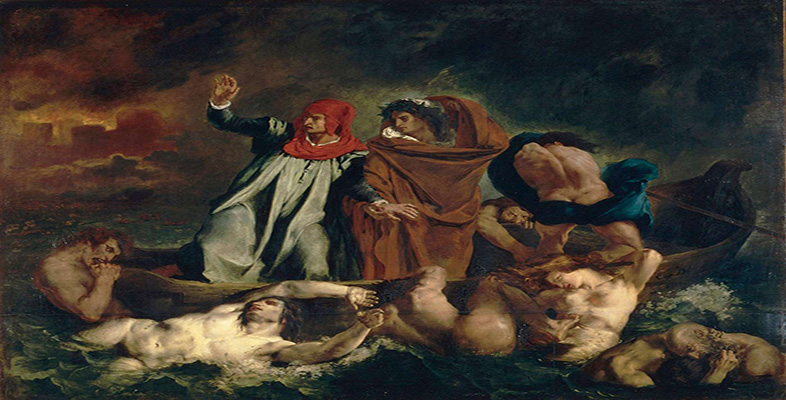1 Overview
1.1 Delacroix’s background
Ferdinand-Victor-Eugène Delacroix (1798–1863) was an artist raised amid the heroism and turmoil of Napoleon’s regime but whose artistic career began in earnest after Waterloo. His father (who died in 1805) held important administrative, ambassadorial and ministerial posts during both the Revolution and Napoleon’s rule. His brothers had fought for Napoleon, one being killed heroically in 1807 at the battle of Friedland, the other a general who was made a baron of the empire before being retired (as was the custom) on half-pay. As Delacroix’s mother had died in 1814, when he was still fairly young, he was left in the care of an older sister, who had little time to devote to him and struggled with the precarious financial position of the family. Delacroix’s own (artistic) glory was to come later and he is often described as part of the ‘generation of 1820’ (Spitzer, 2001, p.9). This generation, coming of age between 1814 and 1825, had witnessed the disappointed hopes of Napoleonic empire, and it has been suggested that this sense of loss helped to determine their Romantic mindset (see Brookner, 2000). Having seen the Old Regime swept away, they looked on as the monarchy was restored after Napoleon’s defeat. Those who had earlier supported the Revolution now tried their luck as royalists. Although he quickly gained a reputation as a rebellious Romantic, Delacroix was always ill at ease with this perception of him. Like many artists of the Romantic generation, he sought public recognition. As you will see, his career was to be a constant struggle to reconcile a radical aesthetic with the demands of public taste and longstanding, well-respected artistic traditions.
